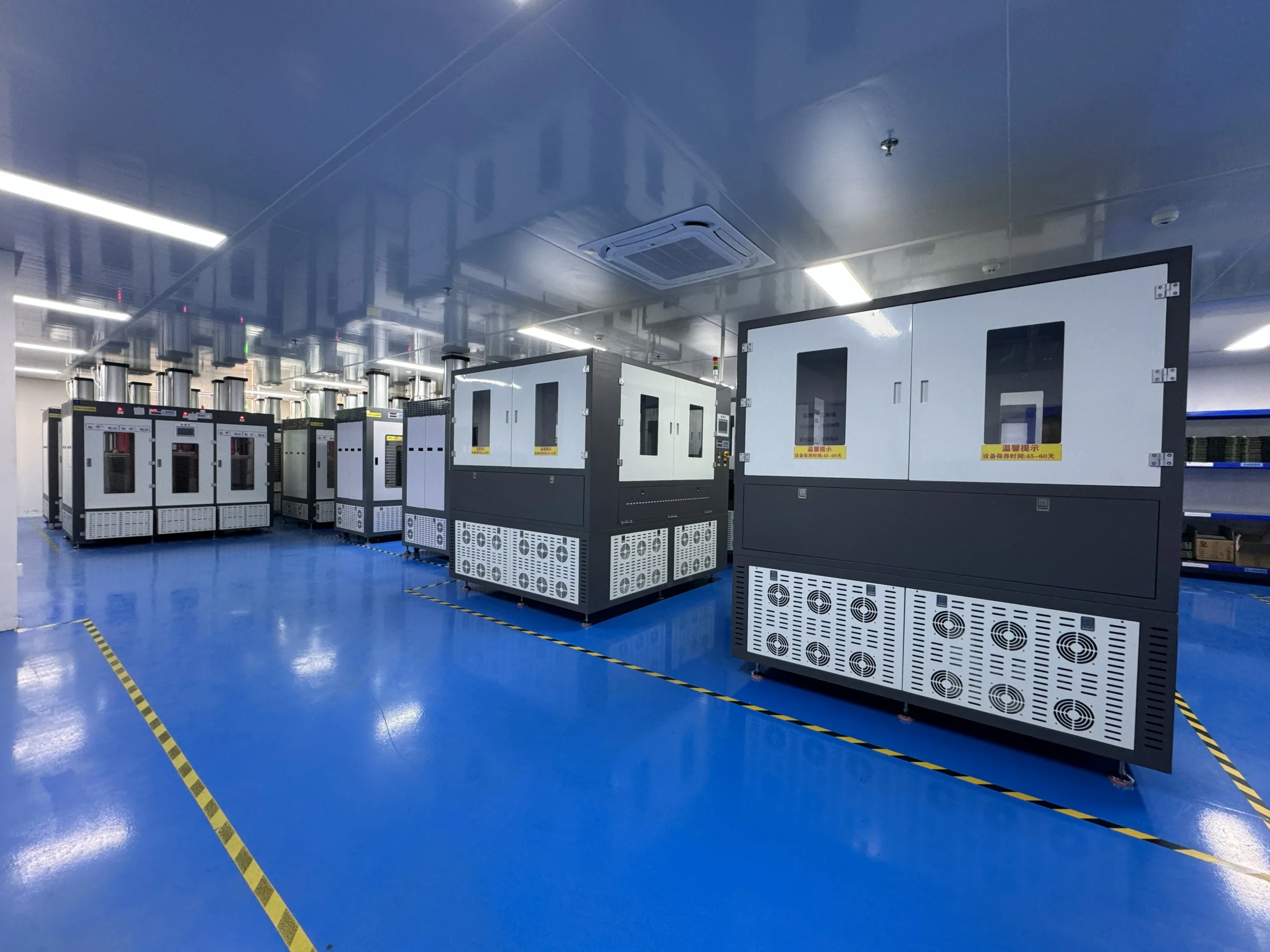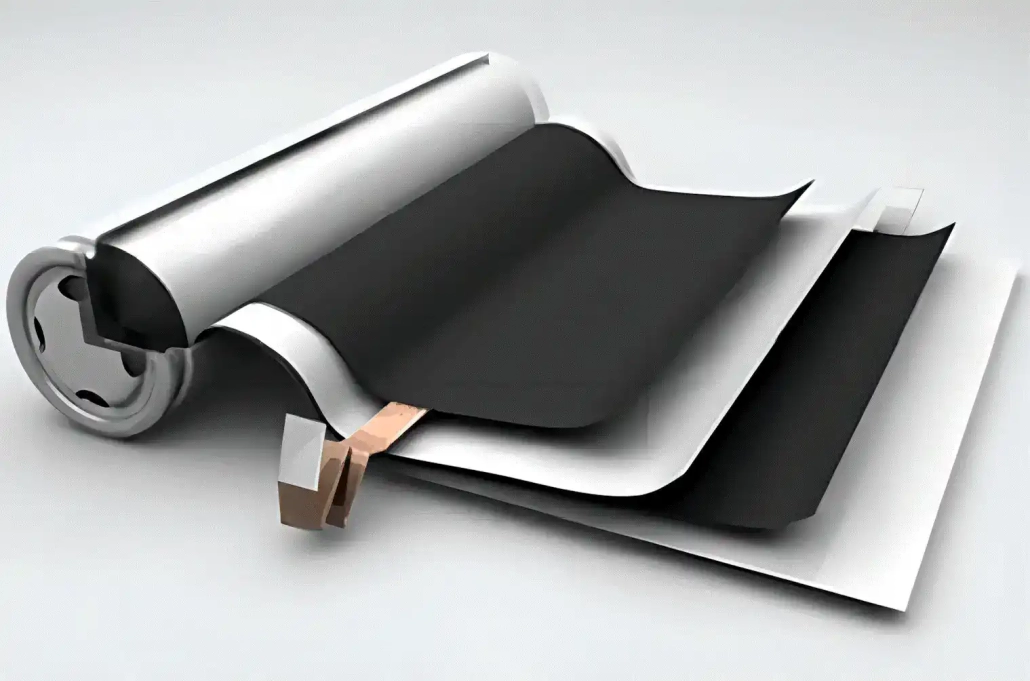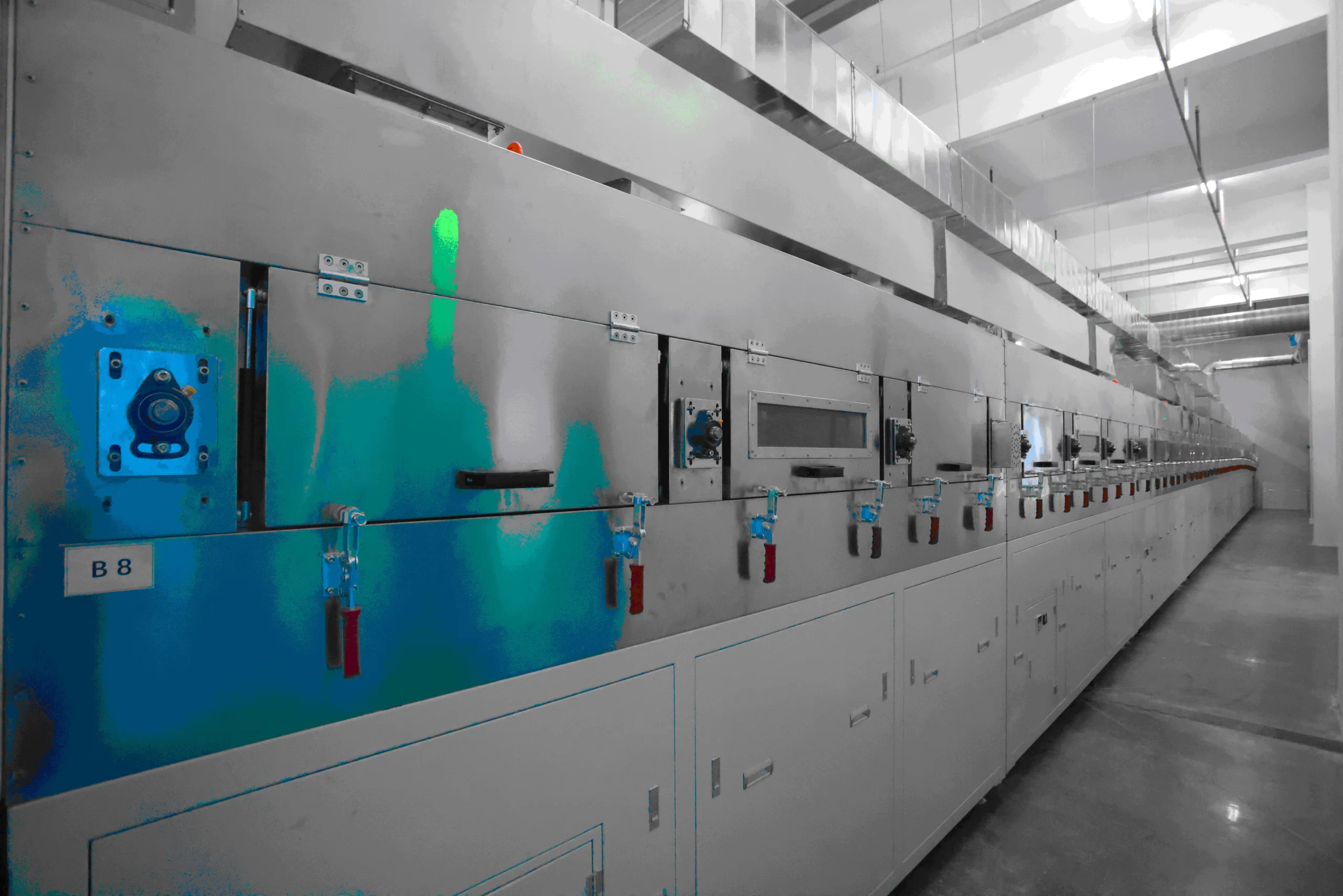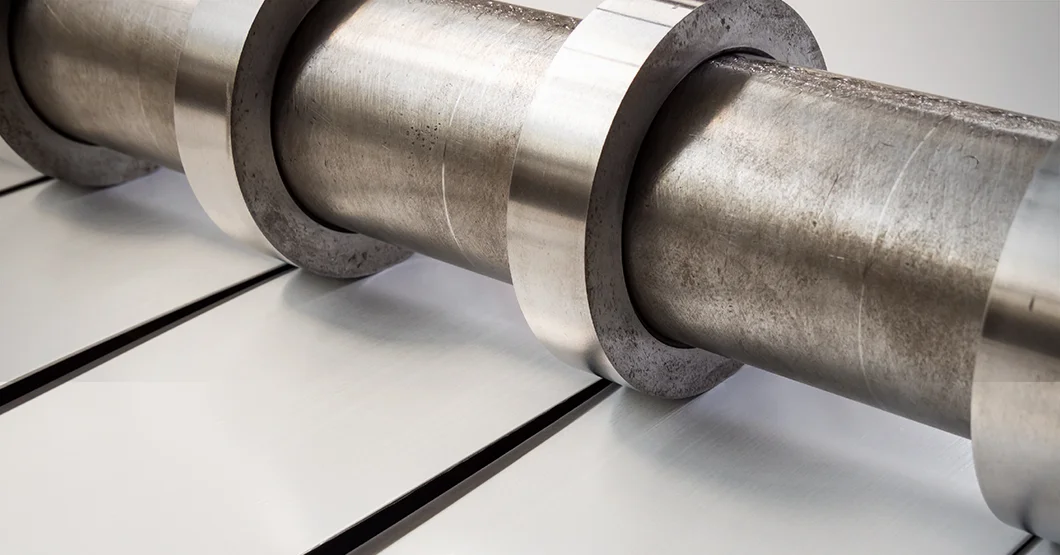Lithium-ion battery shell insertion process
main content
Shell insertion is a key process in the manufacturing of lithium-ion batteries, responsible for precisely assembling the wound cells into the shell to form battery cells with mechanical stability and environmental adaptability. In the field of lithium-ion start-stop batteries for motorcycles, the casing not only serves as a physical barrier for the battery cells but also needs to cope with frequent vibrations, complex working conditions and harsh environmental challenges. This article conducts an analysis from the aspects of technological principles, material innovation, quality control and the particularity of motorcycle applications.
I. The Core Role and Process of the shell insertion process
Physical protection: The casing isolates dust, moisture and mechanical shock, preventing the battery cells from deforming or internal short circuits. The vibration environment of motorcycles requires that the impact resistance strength of the outer shell be ≥500N (ceramic-coated diaphragm).
Environmental sealing: IP67-level water and dust resistance is achieved through laser welding or ultrasonic sealing to ensure no risk of electrolyte leakage.
Structural support: The casing needs to bear the expansion force of the battery cells (for example, the expansion rate of the silicon-based anode can reach 300%), and the stress concentration is reduced through the gradient tension design.
Battery cell pretreatment: Before being placed in the shell, conduct a HiPot test (200500V) to detect internal short circuits, and the dust content during dust collection treatment should be ≤0.5g/m².
Precision insertion into the shell: Use a vacuum robotic arm to grasp the battery cells and insert them vertically into the shell. The case entry rate of 18650 batteries is controlled at 97% to 98.5%, balancing the rebound of electrode plates and the space for liquid injection.
Shell fixation: The interior of the shell is filled with foam (compression rate ≥30%) or silicone buffer layer to suppress the displacement of the battery cells caused by vibration.
Sealing treatment: The steel shell is welded by laser (power 300W, frequency 10kHz), while the aluminum shell is mostly sealed by ultrasonic waves (amplitude 2040μm), with the heat-affected zone ≤20μm.
Ii. The Particularity of the Design of the battery casing for motorcycle start-stop
Structural design: A split middle frame structure is adopted to isolate the battery cell from the protection board, reducing the risk of fault conduction. Patent CN210200813U achieves dual vibration resistance through a silicone sealing layer and snap-on locking.
Material reinforcement: The shell wall thickness is ≥1.5mm of 6061T6 aluminum alloy, with a yield strength of ≥270MPa. Combined with the internal honeycomb-shaped reinforcing rib design, the bending strength is increased by 40%.
Compact layout: The volume of the motorcycle battery is only 1/5 or 1/10 that of the car battery. The shell adopts a stepped inner cavity design and integrates pre-bent guide grooves for the tabs, increasing the space utilization rate to 92%.
Heat dissipation integration: The bottom of the shell is embedded with a thermal conductive silicone grease pad (with a thermal conductivity of ≥5W/m·K), and natural convection heat dissipation is achieved through the aluminum alloy shell, reducing the temperature rise by 15℃.
Sealing process: Double-layer sealing structure (inner O-ring rubber + outer epoxy resin adhesive) achieves IP65 protection level and can withstand immersion in a water depth of 3 meters for 30 minutes.
Surface treatment: The thickness of the anodic oxide film on the shell is ≥15μm. It has passed the salt spray test for 480 hours and is suitable for the high-humidity coastal environment.
1. Comparison of mainstream materials
Aluminum alloy: The preferred choice for lightweight (density 2.7g/cm³), suitable for 18650 cylindrical battery casings, but a composite ceramic coating is required to enhance puncture resistance.
Stainless steel: The compressive strength of the 316L steel shell reaches 1200MPa, but its weight is 60% higher than that of aluminum alloy. It is mostly used in battery packs with high vibration scenarios.
Engineering plastics: Composite materials of polyamide (PA66) and modified polyphenylene ether (mPPE), achieving a 30% weight reduction while maintaining the UL V0 flame retardant grade, suitable for the integrated design of electric motorcycles.
2. Breakthroughs in new materials
Carbon fiber reinforced plastic: With a specific strength five times that of steel, the shell is integrally manufactured through the DLFT compression molding process, and the thermal runaway temperature resistance is raised to 200℃.
Bio-based materials: Polyurethane shell modified with soybean oil, with a degradability rate of up to 85%, meeting the EU RoHS 2.0 environmental protection standard.
1. Online monitoring system
Visual positioning: A 5μm resolution linear array CCD is used to detect the gap between the battery cells and the shell, with an error control of ±0.05mm.
Pressure feedback: Dynamically monitor the shell-entry pressure curve (standard range: 200-600N), and automatically trigger the rejection mechanism for abnormal fluctuations.
2. Sealing performance verification
Helium mass spectrometry leak detection: The detection sensitivity reaches 1×10⁻⁷Pa·m³/s, which is three orders of magnitude higher in accuracy than the traditional water detection method.
Vibration simulation test: Conduct 21 hours of random vibration (10200Hz) in accordance with the SAE J2380 standard, and the deformation of the shell is ≤0.3mm.
V. Technical Challenges and Innovation Directions
1. Current bottleneck
Thermomechanical coupling: The local temperature rise of the shell under fast charging conditions leads to stress cracking of the welding seam, and it is necessary to develop composite materials with matching thermal expansion coefficients. The limit of miniaturization: When the wall thickness of the motorcycle battery shell is reduced to 0.8mm, the compressive strength drops by 60%, and a breakthrough in nano-coating strengthening technology is urgently needed.
2. Technological Evolution path
Intelligent assembly system: Based on digital twin technology, a dynamic adaptation model for shell battery cells is constructed to achieve automatic tolerance compensation. Functional integration housing: Embedded with optical fiber sensors to monitor internal pressure and temperature in real time, and transmitting data to the cloud BMS via 5G modules.
Conclusion
The innovation of the in-shell process is driving the lithium-ion start-stop batteries for motorcycles towards high reliability and lightweight. Through the innovative application of composite materials, the integration of intelligent detection systems, and the breakthrough of anti-vibration sealing technology, modern battery casings have achieved a leap from passive protection to active safety management. In the future, with the integration of solid-state battery technology and flexible electronic devices, the in-shell process may be deeply integrated with thermal management and energy transmission functions, providing a more efficient "intelligent armor" for new energy motorcycles.
RELATED BLOG

START-STOP LITHIUM battery
Enov start-stop battery is designed to provide excellent performance for high-demand start-stop vaehicles. It adopts the third-generation intelligent lithium platform architecture to achieve technological breakthroughs in core indicators such as cycle life, environmental adaptability and energy density. Compared with the traditional lead-acid battery system, the energy efficiency is increased by 210%, the cycle life is extended by 8-10 times, and the monthly self-discharge rate is controlled within 3%. Enov's unique low-temperature battery technology makes a breakthrough in achieving stable output in the whole climate domain from -30℃ to 65℃, maintaining more than 90% of the effective capacity release under extremely cold conditions (-30℃), and maintaining 90% of the capacity in high temperature environments (65℃).
The start-stop battery series products cover the mainstream voltage platform of 12V/24V/48V, and support flexible configuration of LFP (lithium iron phosphate) and NCM (lithium nickel cobalt manganese oxide) dual-material system. All models adopt modular design to support customization of different model specifications. Enuo engineering and technical team to provide full cycle technical service support, if you need, please contact us.
Other products
UAV BATTERY
LITHIUM ENERGY STORAGE BATTERY
QUICK INQUIRY
FAQ
Access to high frequency technical questions with one click, get accurate answers on product application, after-sales policy and customization process.
Service and Support
Get the latest product specifications, explore professional OEM/ODM customization services, click to open exclusive technical support and production solutions.
Become a Partner
We sincerely invite resources to interconnect, work together for win-win development, and immediately open a new chapter of strategic cooperation!





